18. The Hourglass Sanatorium (1973). Dir. by Wojciech Has
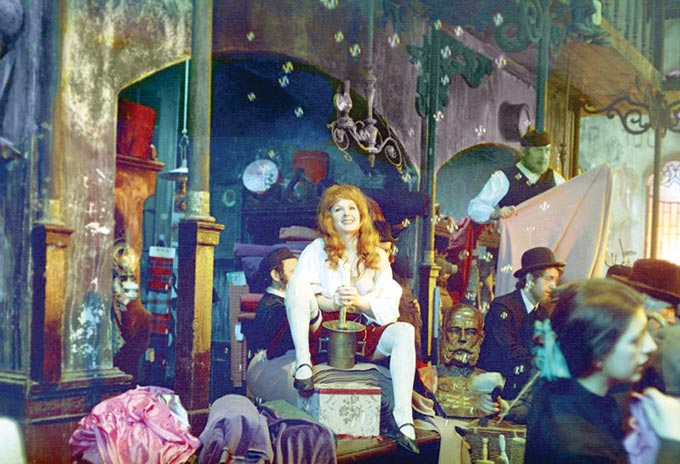
Welcome to the life after death. Or life parallel to death. Or just an encased life, which time forgot. Take a pick. The writer of the unique set of original stories, Bruno Schulz, is considered (by many writers) to be able to run circles around Kafka when it came to presenting the casual absurdity, and in Has the late Schulz (shot, basically, for fun by a Gestapo officer) has posthumously found the first great adapter of his bizarre works (to be topped later by the Quay Brothers).
As he did in “The Saragossa Manuscript”, Has (a former artist) creates almost a museum, a kunstkammer of lethargic people and objects/surroundings in various states of decomposition. Together with a young man who comes to the sanatorium to visit his dying father, you’ll be taken on a two-hour gliding camera tour of mazes and freaks.
Perhaps only Sergey Paradzhanov was this dedicated to man-made objects, but the difference is that his often tend to brim with life, whereas everything here is marked by the seal of lifelessness (not necessarily death). A better point of comparison would be the Joseph Cornell and his assemblage boxes, or else a slowed-down Fellini carnival. Welcome to the Neitherlife.
19. The Story of Sin (1975). Dir. by Walerian Borowczyk
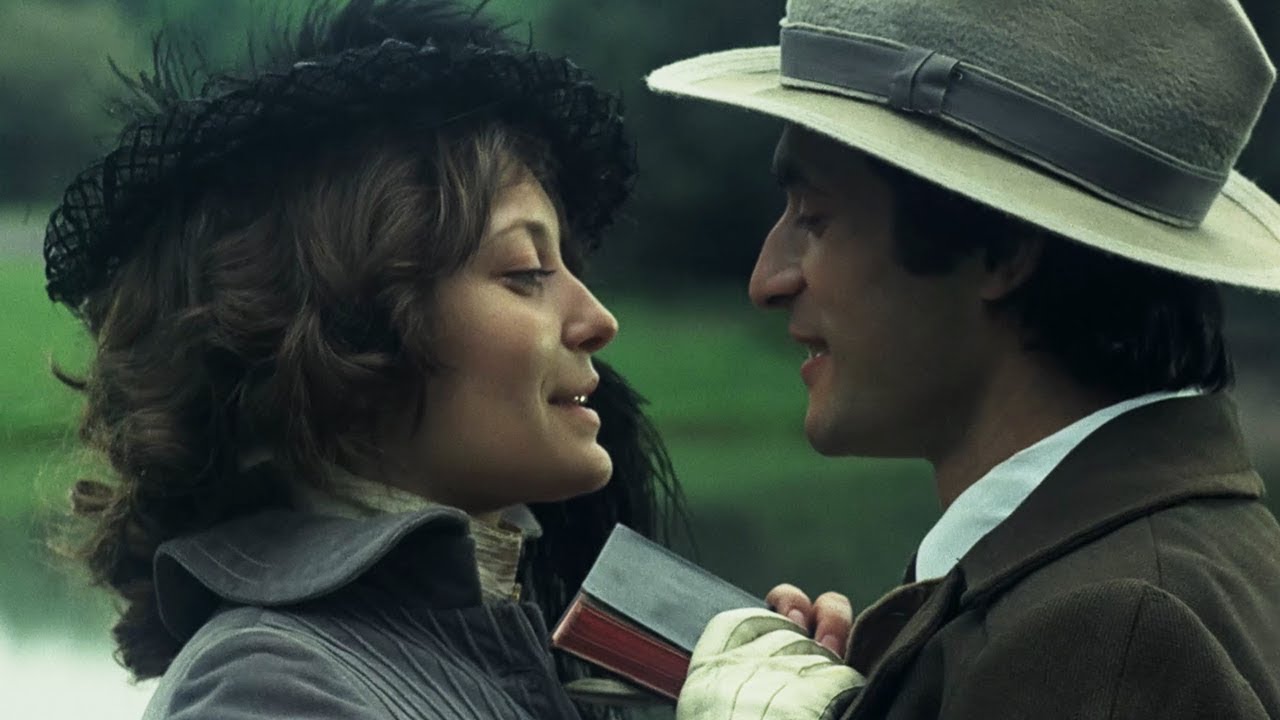
Poland welcomes back its prodigal son. Sort of. Ok, not at all. As far as the Communist Poland is concerned, Borowczyk happens. Having made some surreal and striking animating shorts in Poland (see #4), Borowczyk wisely moved to France, probably judging correctly that his twisted vision will not find much support in his homeland.
After making some more great animations in France, he switched to live-action, and proceeded to arouse and titillate the cinema-going public with his elegant and erotic films (Goto, Blanche, The Beast), where sex and elegant decadence take center stage.
Adapting a classic Polish novel, Borowczyk presents the descent of Ewa (Polish for Eve), a daughter of an impoverished nobleman, into an abyss of passion and, of course, sin. Known for being often way over the top in his erotica, here Borowczyk stays surprisingly consistently tasteful in his presentation of Ewa’s sinning (doubtlessly, aided there of a double whammy of Communist and Catholic censorship), and on the whole the film gives an effective aura of decadence.
As he often does, he manages to stay artistic without necessarily foraying into soft-core territory (he would more or less lose that ability in the 80’s, being reduced to making Emmanuelle 5). Borowczyk’s camera movements have little in common with the fluid works of Wajda and Kawalerowicz, or Kieslowski/Idziak artistry to come-rather, much more in common with the masters of the silent cinema and French New Wave, brief sequences and jump-cuts and all. Still, along with Paradzhanov, Has, and Svankmajer-a rewarding result of a visual artist turning to filmmaking.
20. The Promised Land (1975). Dir. By Andrzej Wajda
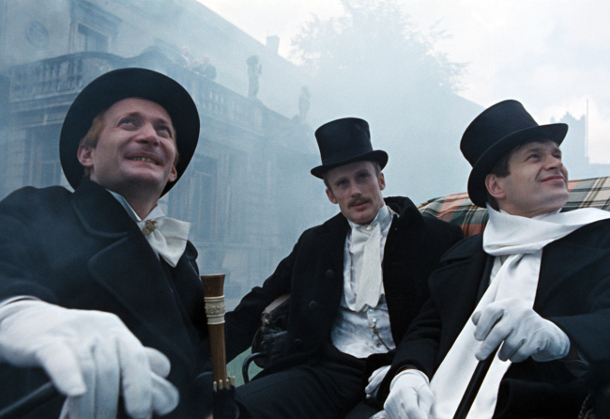
This superb period piece baffled authorities and critics both in the East and West, though ultimately triumphed over all of them (winning the top prize at the Moscow Film Festival and earning an Oscar nomination). A detailed and meticulous adaptation of Wladyslaw Reymont’s novel, it presents a city of Lodz during a late XIXth century industrial boom.
The film focuses on three friends-a Polish aristocrat, a German, and a Jew-who jump headfirst into the world of business and manufacturing. Seldom has inhumanity of capitalism been so realistically portrayed. Not resorting to cinematic tricks, Wajda instead shows the milieu as it is, objectively and mercilessly. Combined with the excellent performance by the three leads, the three-hour film is a potent drama and almost a perfect illustration of Karl Marx’s theories on primary capital.
The city is presented as a loud Babylon as if painted by Hieronymus Bosch. Two locations are the focal point-the Plant and the Theatre. The Plant is a temple of steampunk industry, a giant clockwork mechanism run on sweat and toil-shown much like Chaplin’s “Modern Times”, minus the comedy. The Theatre is a place where the rich and shameless go to show off, make or break deals, or else commit suicide when bankruptcy comes rolling. It doesn’t matter what is shown on stage-the real drama occurs among the patrons.
The Polish and Soviet authorities tried hard to find anti-Communist elements that Wajda has come to be known for, but were left pleasantly surprised, as the film seems like a pure critique of capitalism. What they didn’t see is the presentation of the inhumanity, prevalent in any state where some concept is placed above human lives-be it profit or ideology.
21. Man of Marble (1977). Dir. By Andrzej Wajda
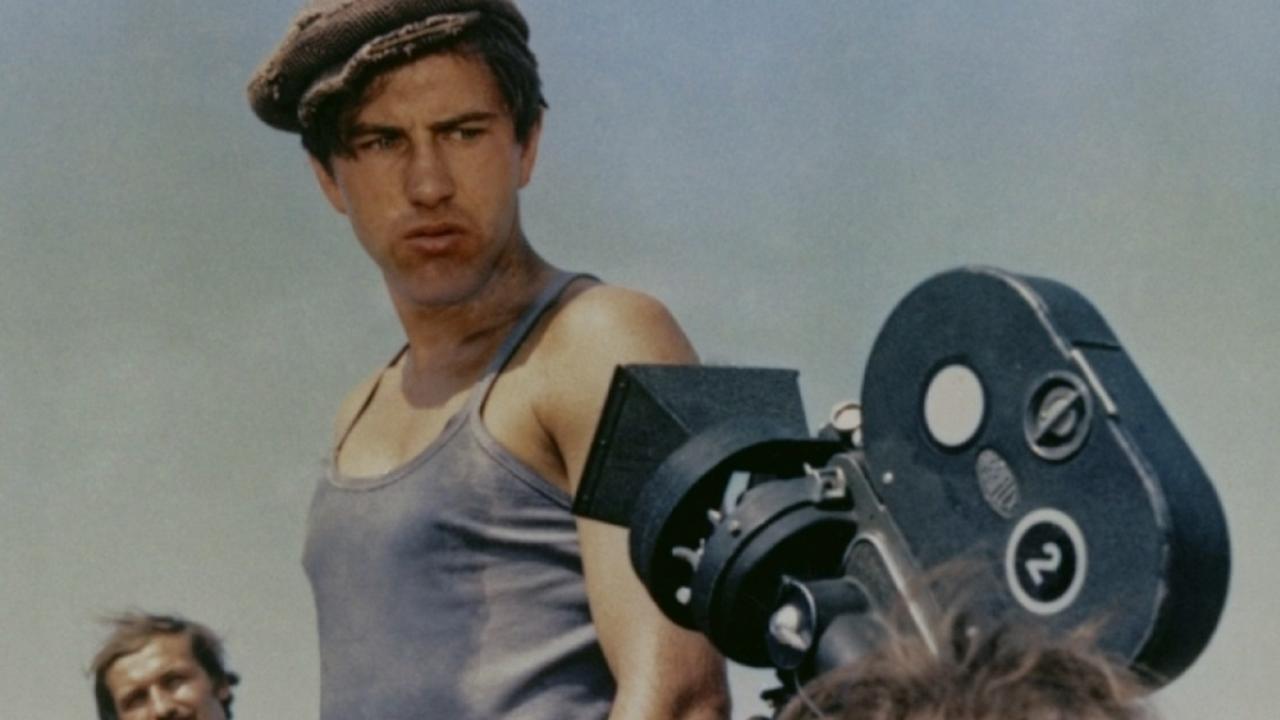
Having dealt with capitalism in the previous entry, Wajda turns his artistic and critical eye onto communism. More specifically, on the area of communism he knew like no other-propaganda. Wajda’s unique gift is his ability to take a serious subject and make it an artistic work with a unique visual style.
In this film, a young film school student is searching for a subject of her thesis film, a once-exemplary bricklayer who seems to have fallen from official grace. Through her investigative journey, she meets many who knew him, including a famous filmmaker who was, at one point in the past, to make a feature glorifying the heroic worker. The Citizen Kane-like investigative plot reveals many surprising results, and explores a multitude of themes, such as truth and lies, arts in the totalitarian society, etc.
The unique visual element comes from Wajda’s ability to weave together the present with the past, via newsreels and “mock-period” footage. The editing job here is nothing short of flawless, and the rather long film never feels too long. Wajda successfully separates actual man from myth-the marble of the title, presenting a powerful drama on life and film, truth and lies, real and artificial.
22. Camera Buff (1979). Dir. by Krzysztof Kieslowski
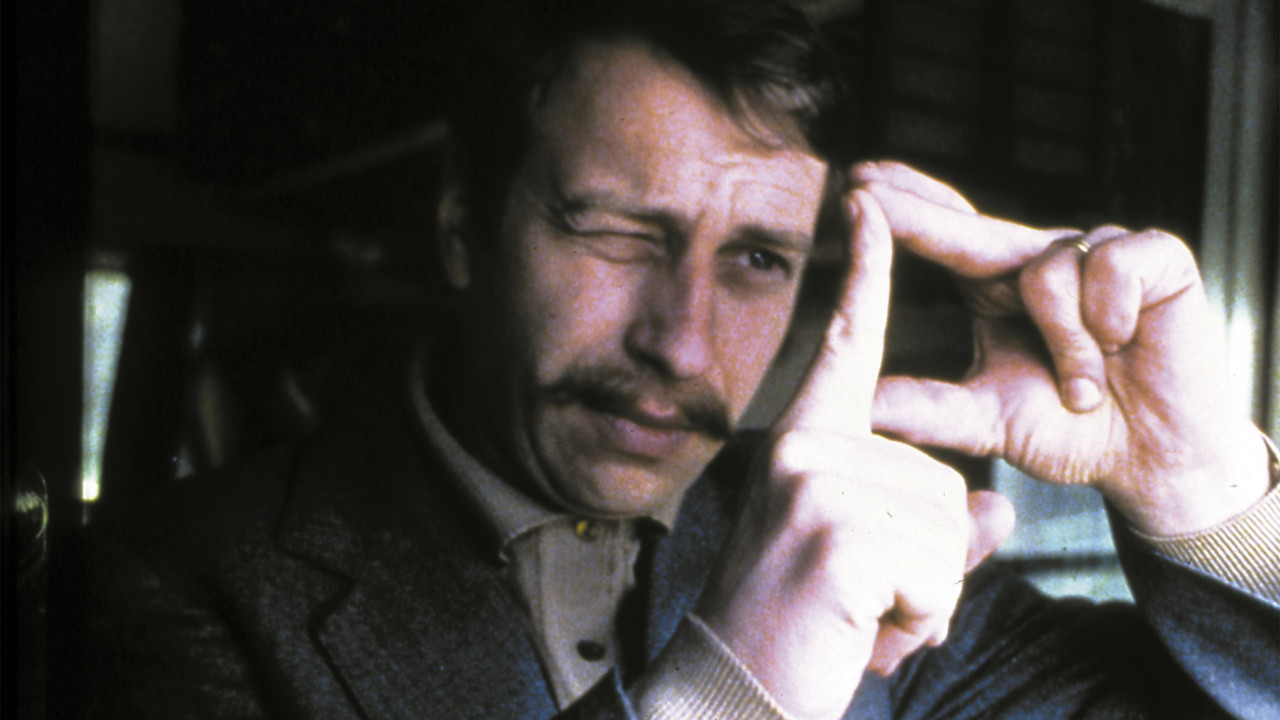
In this, only his second theatrical feature, Kieslowski establishes himself as a master of narrative cinema and a force to be reckoned with. He skillfully manages to seemingly effortlessly intertwine many themes in a running time of one film, while settling personal scores too. His partially autobiographical here is Mosz, a simple factory worker who just became a father. In order to capture the important moments in his child’s growth, he has purchased an 8mm. film camera. Little did him or his wife knew what genie was sprung from the bottle.
Mosz, as it turns out, is a natural with the camera, and is soon busy shooting footage of his factory and winning festival prizes. His obsession with his new-found artistic passion takes over, causing troubles to friends and coworkers, as well as strife within the family, not to mention the official censorship. Kieslowski himself began as a documentary filmmaker, and turned to live-action theatre, by own admission, to break free from the documentary constraints. In a “Socialist” Poland, it’s easy to see what the official constraints might be for a documentarian, a theme so well explored by Wajda in “Man of Marble”.
Aided by a nuanced and thoughtful performance by Jerzy Stuhr in the lead role, the film shows the joys and perils of trying to create something. Kieslowski’s visual mastery is shown in a way he contrasts the real life with the filmed version of it, the eyepiece of Mosz’s camera becoming a filter through which the world is presented. With its wry humor and impeccable structure, it’s a thoroughly convincing mix of entertainment and art.
23. Tango (1980). Dir. by Zbigniew Rybcszynski
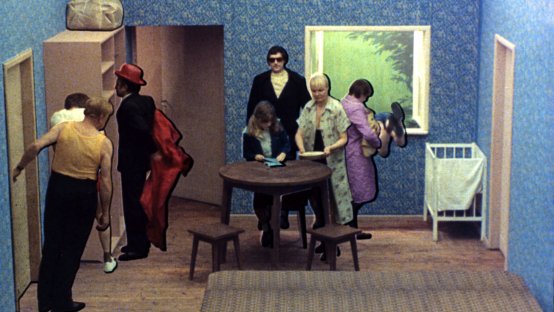
Q: How many people can go about their business at the same time in a small room of a Soviet-style flat, with three doors, a window, table, three stools, a crib, a commode, and a mattress in it? According to Rybcszynski, 30+. In this 8 and a half minute long Oscar winner, he makes you wonder-how did he do it?
Taking photographed/filmed footage of the said characters, Rybcszynski created an insane ensemble dance, moving at an ever-increasing pace of activity. A boy climbing through the window to retrieve his ball, a mother cradling her child, a thief stealing a package, a beautiful naked blonde dressing, an old man falling down from the stool while changing the light, a young couple hurriedly consummating before rushing off, a drunk stumbling about while hitting his fifth-they’re all here, and there are dozens of others.
To the droning tango tune, they move to and fro in a form of a clockwork. Rybcszynski created one-of-a-kind gem, combining live action and animation like no one did before. Watch once, and watch again, loses none of its magic and mystery. Meanings abound as well-did Rybcszynski tried to say that we all have our own personal dance through life? Or that everyone is disconnected from the world?
24. The Constant Factor (1980). Dir. by Krzysztof Zanussi
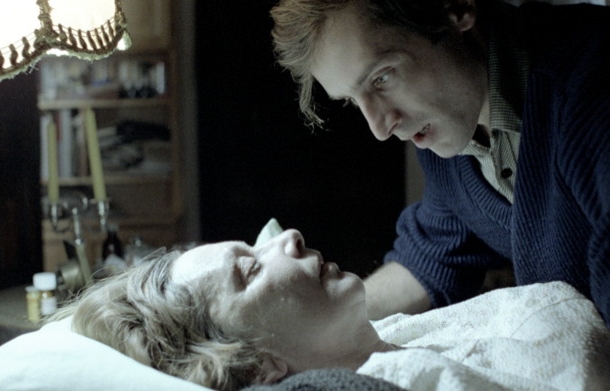
If Wajda is the soul of Polish cinema, than Zanussi is its brain. Prior to becoming a filmmaker, he studied physics and philosophy, and he very much paints his rational mind on the screen. Zanussi is never afraid to demand considerable knowledge of science and mathematics from his viewers. Generally, he never tries to visually impress. This film stands out from his early, dialogue-heavy works, by its considerable visual flair.
This is a story of a smart, morally rigorous young man, a mathematician who likes to climb mountains and tries to lead a pure and honest life. His world collapses when he is forced to deal with shady aspects of life, which are very different from the pure glaciers he is fond of ascending. This juxtaposition of pristine nature and base human conditions is deftly presented by Zanussi.
The dream of climbing the Himalayas comes crashing down for the hero, as he learns that there is always a price to pay for refusing to compromise. Zanussi’s restrained and symbolic manner of presenting material doubtless helped him to overcome the official objections and avoid the banning of his films, presenting the truth in a calm and subtle way.
25. The Decalogue (1989). Dir. by Krzysztof Kieslowski
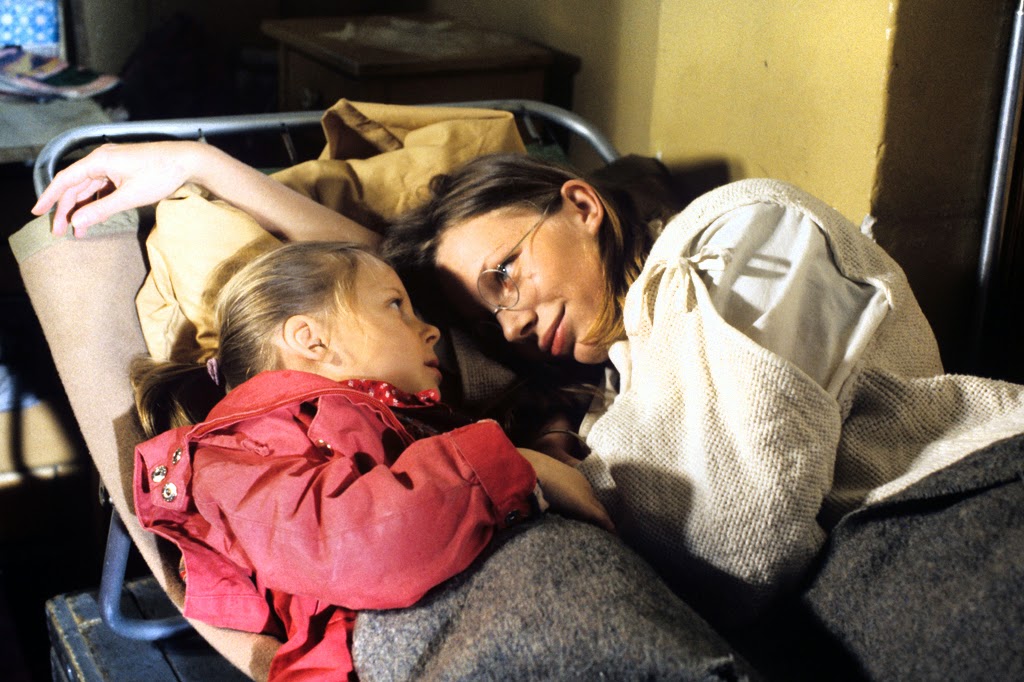
Not just a phenomenal work of Polish cinema, but one of the highest achievements of cinema period-and it’s really a TV mini-series. Already an established force in Poland, Kieslowski takes a dramatic leap towards universality and immortality with this 10-epsiode film loosely based on the Ten Commandments. Running about 50-55 minutes each, they tell the stories of people being very human-and thus mostly suffering for their transgressions and digressions.
Genres vary too-form realistic drama to expressive tragedy to black comedy. The combined driving forces of the film are really Kieslowski himself, his constant co-writer Krzysztof Piesiewicz, and another constant collaborator-the great composer Zbigniew Preisner. Other than them, and one actor in a wordless role who appears as a sort of undercover angel in most episodes, the cast and crew of each episode is different.
What unites them is the drab Warsaw apartment building as a setting, and, of course, the reference to commandments. Easily the most striking of them is episode V-Thou Shall not Kill, which was expanded into a feature. Kieslowski, aided by the brilliant Polish cinematographer Slawomir Idziak (who later found renown in Hollywood), creates a harrowing tale of crime and punishment, showing, expressively, that taking a human life is a capital sin, both when it’s done by an individual and by the state.
Sharp angles and color filters create a distorted and disturbing world here. Another episode extended into a feature is number VI-Thou Shall not Commit Adultery, which presents a story of a complicated and twisted love. Again, the subject matter dictates the style-the characters are presented as if slightly at a distance, making the spectator a sort of voyeur himself. Much could be said about the other episodes-the sharp human dramas of II and IX, the almost O’Henry-like black comedy of X, but the review can be summarized simply-Thou Shall Watch It.
26. Escape from the Liberty Cinema (1990). Dir. By Wojciech Marczewski
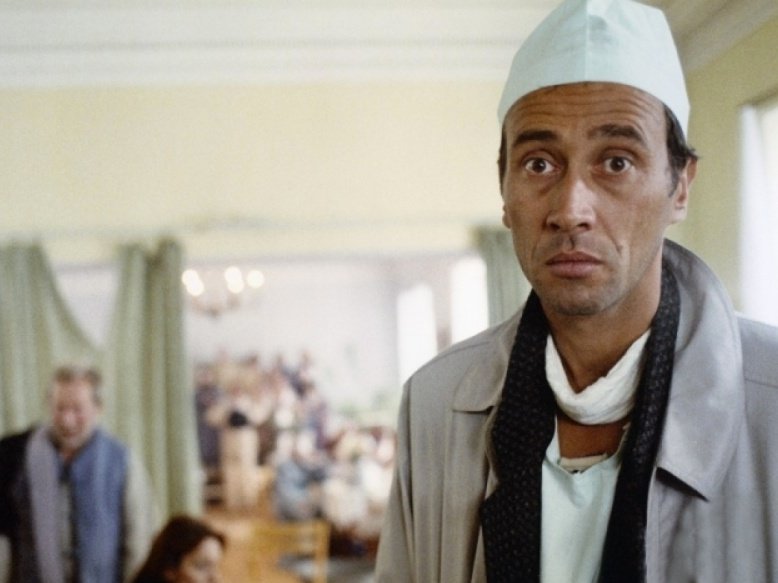
The concept of film mixing with real life is not new-dating back to Buster Keaton’s Sherlock Jr., famously explored in Woody Allen’s The Purple Rose of Cairo and Maurizio Nichetti’s Icicle Thieves. Here, however, it’s more than just a clever narrative device, but also an amusing satire.
Made when Poland was undergoing a transition from Communism to democracy, it perfectly captures the confusion and sense of unease which naturally accompany such a drastic change. In a regular cinema, characters of a fairly basic melodrama suddenly develop a life of their own, to the cheers and amusement of the audience.
The worried authorities investigate, try to rationalize this inexplicable occurrence using The Purple Rose of Cairo as example/precedent-but then, the two films intermix, and more confusion ensues. Very stylishly made, amusing, and rich in layers. After almost 50 years of authoritarian rule-what now? How to react to changes? Or is it better to just sit back and enjoy the show?